I want to draw simple primitives at specific pixels on the screen (similar to this question). In order to do that I draw on top of all windows using the Overlay Window of the Window Manager. I can see the shape I am drawing and mouse events pass through but I don't see for example Window movements that are below the Overlay Window (unless I kill my application). I am new to Xlib programming, sry for asking a maybe simple question.
#include <assert.h>
#include <stdio.h>
#include <X11/Xlib.h>
#include <X11/extensions/Xcomposite.h>
#include <X11/extensions/Xfixes.h>
#include <X11/extensions/shape.h>
#include <cairo.h>
#include <cairo-xlib.h>
Display *d;
Window overlay;
Window root;
int width, height;
void
allow_input_passthrough (Window w)
{
XserverRegion region = XFixesCreateRegion (d, NULL, 0);
XFixesSetWindowShapeRegion (d, w, ShapeBounding, 0, 0, 0);
XFixesSetWindowShapeRegion (d, w, ShapeInput, 0, 0, region);
XFixesDestroyRegion (d, region);
}
void
prep_overlay (void)
{
overlay = XCompositeGetOverlayWindow (d, root);
allow_input_passthrough (overlay);
}
void draw(cairo_t *cr) {
int quarter_w = width / 4;
int quarter_h = height / 4;
cairo_set_source_rgb(cr, 1.0, 0.0, 0.0);
cairo_rectangle(cr, quarter_w, quarter_h, quarter_w * 2, quarter_h * 2);
cairo_fill(cr);
}
int main() {
d = XOpenDisplay(NULL);
int s = DefaultScreen(d);
root = RootWindow(d, s);
XCompositeRedirectSubwindows (d, root, CompositeRedirectAutomatic);
XSelectInput (d, root, SubstructureNotifyMask);
width = DisplayWidth(d, s);
height = DisplayHeight(d, s);
prep_overlay();
cairo_surface_t *surf = cairo_xlib_surface_create(d, overlay,
DefaultVisual(d, s),
width, height);
cairo_t *cr = cairo_create(surf);
XSelectInput(d, overlay, ExposureMask);
draw(cr);
XEvent ev;
while (1) {
XNextEvent(d, &ev);
if (ev.type == Expose) {
draw(cr);
}
}
cairo_destroy(cr);
cairo_surface_destroy(surf);
XCloseDisplay(d);
return 0;
}
How can I draw pixels on the Overlay Window and still see the windows below?

